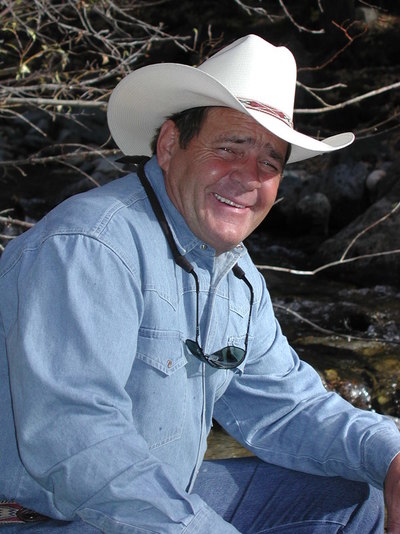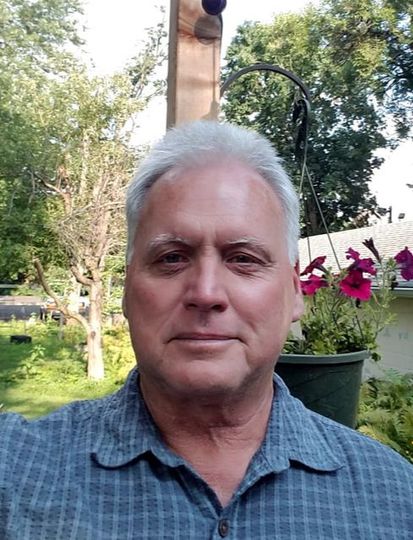About the Conference
|
WHY ATTEND?
Our watersheds have experienced major alterations to hydrology and river channels. Erosion resulting from these impacts has contributed to sediment being the most frequent stream impairment identified in Minnesota and nationally. On-going land use change, combined with increasing frequency of large precipitation events will not only prevent recovery of these systems, but could exacerbate the impairments if prudent action is not taken. But hydrology is not the only consideration. Physical, chemical and biological processes all interact to affect the overall physical and ecological function and health of stream systems. Many river and natural resource managers are struggling to develop effective strategies to address degraded streams and watersheds, especially related to excess sediment. Traditional approaches often attempted to address consequences while failing to address the cause, or to consider impact on biological health. A clear need exists for an interactive conference to learn proven strategies for efficiently prioritizing and holistically restoring our streams. Who Should Attend?
A national audience of up to 160 participants is expected. Local, state, and federal agency staff, tribal entities, non-governmental organizations, and private sector restoration specialists, resource managers and scientists interested in restoring river and watershed health will find value in their participation. Each attendee will be a critical contributor to the conference by adding their unique perspective and experiences. |
Outcome Participants will learn proven tools and strategies they can put to practice in their own jurisdiction. Tools and strategies will integrate scientific understanding and prioritization strategies to effectively restore river systems within the current social and resource contexts. Agenda at a glance Conference Code of Conduct
|
Keynote Speakers
|
Phil Roni
Dave Rosgen
|
Janine Castro
Bob Barr
|
Registration NOW FULL
This Conference is held by Laurentian RC&D; and is funded in part by Federal award NA17NOS4190062 under the Coastal Zone Management Act of 1972, as amended, administered by the Office for Coastal Management, National Oceanic and Atmospheric Administration (NOAA), U.S. Department of Commerce granted to Laurentian RC&D by the Minnesota Department of Natural Resources for Minnesota’s Lake Superior Coastal Program.
Copyright 2018. All rights reserved. Website photo's supplied by MNDNR unless otherwise noted.
Copyright 2018. All rights reserved. Website photo's supplied by MNDNR unless otherwise noted.









